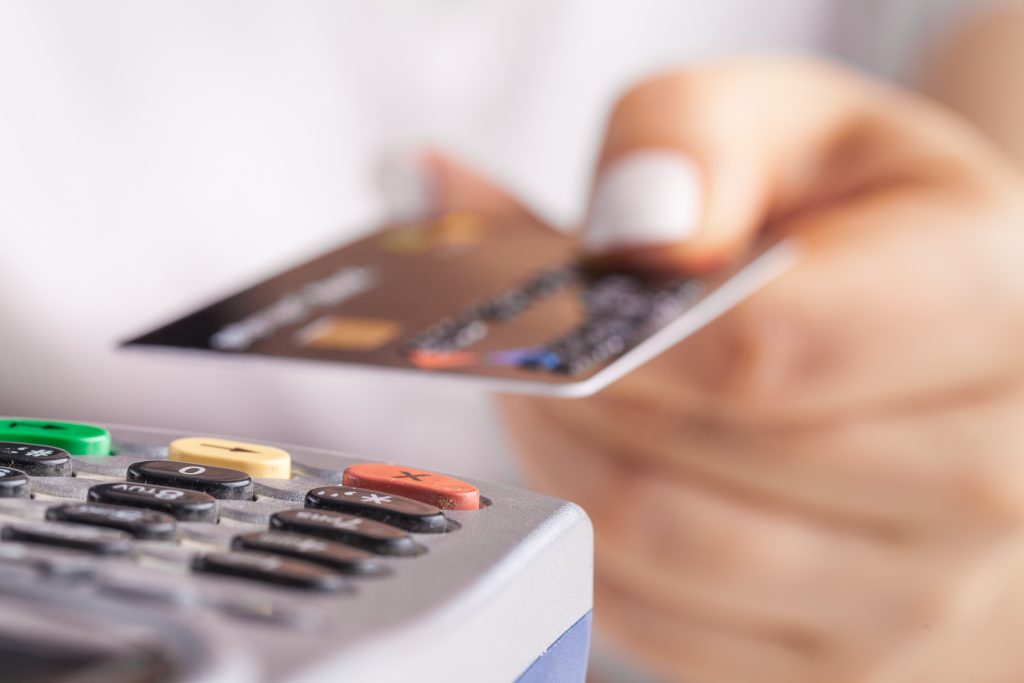Will that be cash or credit? Typically when we step up to the front of a cash register, we are asked how we would like to pay for our purchases. Previously, many people would answer that question with cash, but these days, various other payment forms have taken the front seat of our wallets in 2020.
Now more than ever, individuals have numerous payment options available to us. So what are the different pay methods that small businesses should consider accepting, and which ones are the most popular for Canadians to use?
These topics will help you understand more about accepting payments and it’s role in small business management:
- What is a Secure Payment System?
- How to Process Payments
- How to Set Up Automatic Payments
- Choose the Best POS System for your Small Business
- How to Accept Credit Card Payments
- How to Accept International Payments
- A Guide to Recurring Payments
- How to Set Up Gift Card Sales
- How to Accept Cryptocurrency
- Top Payment Apps



